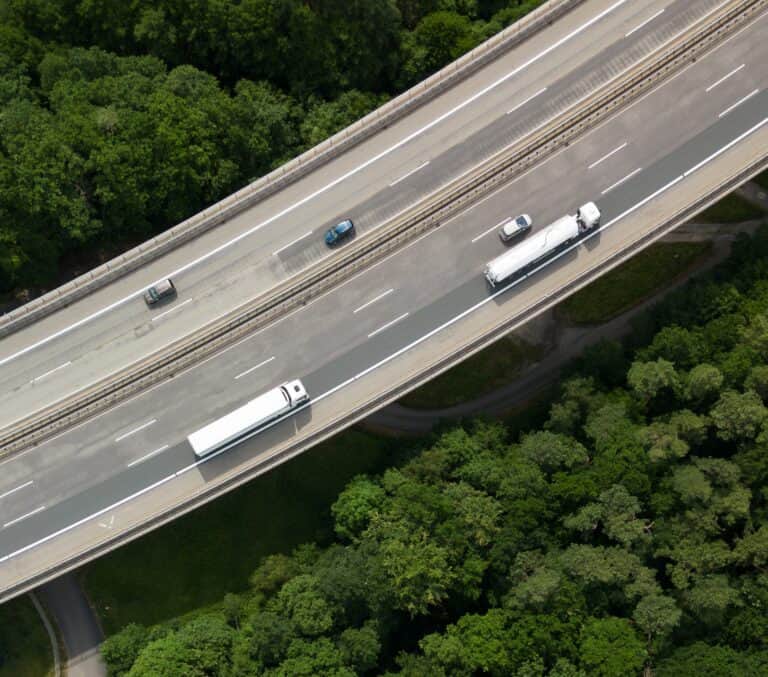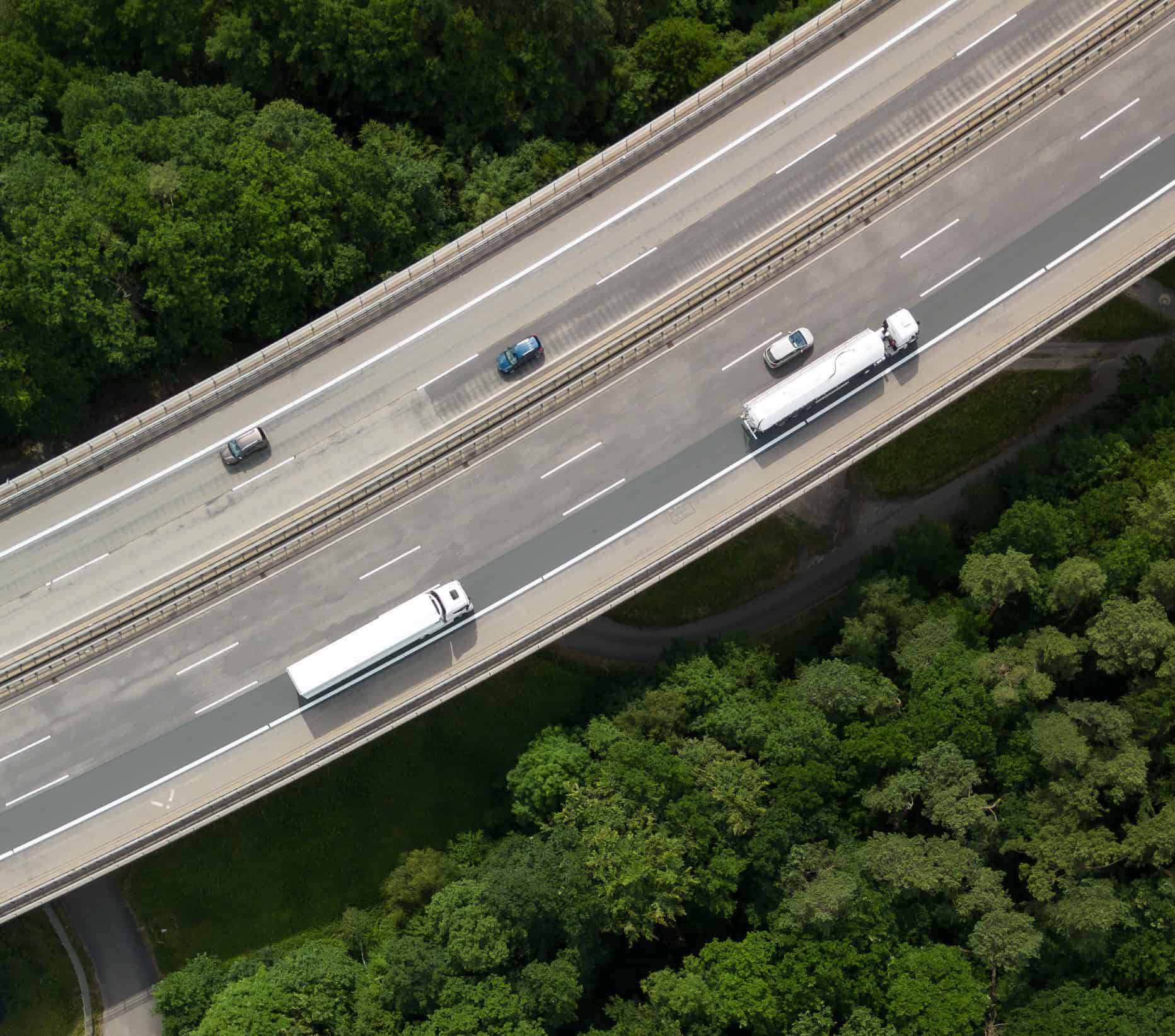
As the urgency to combat climate change intensifies, the European Union is taking bold steps to create a more sustainable future. One of the most significant initiatives for this is a broader commitment by the EU to achieve climate neutrality by 2050 known as the Carbon Border Adjustment Mechanism, or CBAM, which will have far-reaching implications for companies importing goods into the EU. This blog post will explain what CBAM is, its key dates, why it’s important, its implications for businesses and international trade, and how your company can stay ahead to maintain compliance.
What is the Carbon Border Adjustment Mechanism? What you need to know
The Carbon Border Adjustment Mechanism (CBAM) is the EU’s landmark policy designed to address the challenges associated with emissions in international trade. Specifically, CBAM seeks to impose a new cost on imported goods based on their carbon footprint and prevent what’s called “carbon leakage”, leveling the playing field between domestic EU industries subject to stringent carbon regulations and foreign producers with lower environmental standards. In simpler terms, it’s a carbon tax on imports.
CBAM key dates and milestones
CBAM is designed to allow for an adjustment, or transition period before coming into full force to minimize the risk of disruptive effects on trade. Here are some key dates to take note of:
October 1, 2023: CBAM entered into its transitional phase. CBAM is initially applicable to cement, iron and steel, aluminum, fertilizers, electricity, and hydrogen. These goods have high carbon-intensive production and a higher risk of carbon leakage.
On and after this date, importers must share the total quantity of in-scope products imported, and the embedded carbon emissions (direct + indirect emissions) of these goods during the reporting period.
The transitional period is expected to serve as a pilot program and help all stakeholders learn from their participation. Importers during the transition period are only expected to report direct and indirect greenhouse gas emissions (GHG).
October 31, 2024: The first report using CBAM emission guidelines is due. Companies will have three choices to complete their reporting: (1) full reporting according to the new methodology (EU method); (2) reporting based on an equivalent method (three options); and (3) reporting based on default reference values (only until July 2024)
December 31, 2025: The transition phase ends. Starting in 2025, only the EU method of reporting will be accepted. Estimates can only be used for complex goods, provided such estimates represent less than 20% of the total embedded emissions.
January 1, 2026: Importers must qualify as an “authorized CBAM declarant” to import products and will be required to submit an annual CBAM declaration. EU importers subject to CBAM compliance will need to register with the respective national authorities to buy CBAM certificates. The certificates are to be surrendered based on the emission footprint associated with the goods imported in a year. The certificate price will likely have periodic fluctuations due to the underlying dependencies.
Why CBAM matters: Four big picture objectives
CBAM isn’t just another non-tariff measure by the EU. It’s a seismic shift towards sustainable and responsible trade. Here are four reasons why it matters:
- Reduces carbon leakage: Carbon leakage occurs when companies move their production to countries with relatively less stringent climate regulations, undermining the effectiveness of the EU’s domestic environmental policies. CBAM aims to deter this practice by ensuring that all businesses, regardless of where they operate, are held accountable for their carbon emissions.
- Encourages greenhouse gas (GHG) emission reductions: CBAM puts a real price on carbon emissions, encouraging foreign producers to adopt greener technologies and production practices. The hope is that this will ultimately contribute to a reduction in greenhouse gas emissions globally.
- Promotes fair competition: By adjusting prices of imported goods based on carbon emissions, it creates a fair competitive environment for companies operating under different regulatory frameworks. Domestic producers in the EU have a level playing field with potentially cheaper imports, because of lower environmental standards.
- Helps green innovation: The initiative could inspire green technology adoption and innovative sustainable manufacturing practices. The impact of these will likely encourage stakeholders to look for efficiency in their respective operations, leading to an overall cumulative positive effect on planet Earth.
How will CBAM work?
The Carbon Border Adjustment Mechanism (CBAM) puts a carbon price on certain imports to the EU based on the carbon emissions embedded in the production and will initially target the imports that have the highest risk of carbon leakage, such as cement, iron and steel, aluminum, fertilizers, hydrogen, and electricity. Importers must:
- Declare the carbon content, or greenhouse gas emissions (GHG), associated with their imported goods
- Purchase CBAM certificates corresponding to the emissions related to their goods
- Prove they already paid for a carbon price in the country of origin to receive a deduction
CBAM’s implications for international trade and supply chains
CBAM will have ripple effects throughout global supply chains. Here’s what to expect:
Increased costs for importers
Importers will need to factor in the cost of CBAM certificates, potentially leading to higher prices for their consumers. The financial impact is expected to be significant. It’s been estimated that EU importers will face additional costs of about 2 billion Euros by 2030 when the carbon price is expected to be over 100 Euros per ton.
Supply chain shifts
CBAM requirements might lead some companies to seek out suppliers in countries with stricter environmental regulations to minimize CBAM costs. This could lead to the emergence of new trading partnerships and potentially alter established supply routes, as businesses prioritize carbon efficiency alongside traditional factors like cost, quality, and reliability.
Transparency demands
The implementation of CBAM will dramatically increase demand for supply chain transparency. Companies will need to track and provide accurate, detailed, and verifiable information about the carbon content of their products at every stage of production from Tier 1 down to n-tier suppliers.
Mutli-tier supplier collaboration will need to be in place for companies to manage CBAM costs.
Incentives for cleaner production
The added cost pressure could spur innovation in low-carbon technologies and production methods. Industries that invest in cleaner technologies may benefit from lower costs and increased competitiveness, both in the EU market and globally.
Trade tensions
The implementation of CBAM could lead to tensions between countries, particularly those who may feel the mechanism unfairly targets their exports and view it as a barrier to free trade principles. This could result in retaliatory measures like tariffs or trade disputes and further complicate the already complex world of global trade.
Five ways to stay CBAM-compliant
In this evolving global trade environment, the right supply chain software will be your secret weapon. Here are six ways you can use it to improve environmental standards, reduce emissions, and ultimately reduce the impact of CBAM compliance on your business:
- Supply Chain Visibility: Advanced software can help you track and calculate embedded emissions across your supply chain. It allows you to trace the sources of products and assess the carbon emissions at each step with the integration of real-time data, including manufacturing, transportation, and raw material sourcing.
- Supply Network Management: Facilitate better collaboration with suppliers and partners to gather the necessary data on carbon emissions and assess suppliers based on their carbon footprint. Solutions such as e2open’s Supply Network Discovery can help companies improve traceability and map their entire supply network to expose risks to quickly identify bad actors who don’t meet environmental standards.
- Automated Customs Filings and Import Management: Reduce compliance risks with automated import operations that validate each purchase order against the latest government regulations, and customs filing that ensures compliance with the latest agency systems worldwide.
- Optimize Inventory Costs: AI and real-time data in demand sensing can improve forecasts and allow companies to manage safety stock. Costs of CBAM could be managed well by leveraging bonded warehouse programs or foreign trade zones
- Track And Reduce Greenhouse Gas Emissions: Tools that track and capture the greenhouse gas footprint across all modes, legs, and regions in your supply chain will help to gain insights. Simulating emissions calculations at a product level will help to evaluate potential options to reduce emissions by realigning suppliers and sources to meet the desired goals of a company.
Embracing the CBAM challenge
CBAM represents an evolutionary shift in global trade as the EU pushes companies and countries to begin to prioritize sustainability. While clear challenges lie ahead, those who embrace them can turn them into a competitive advantage by positioning themselves as a leader in the low-carbon economy of the future.
E2open offers a suite of supply chain tools that will help monitor, manage, and optimize carbon emissions across the supply chain. With real-time data, reporting, and risk management solutions, companies can remain compliant with CBAM requirements while improving their environmental sustainability and operational efficiency.
Being green isn’t good for the planet – it’s good for businesses too.
Are you ready to take on CBAM? Contact our experts at e2open to discover how to remain compliant, and competitive in a rapidly evolving global marketplace.







